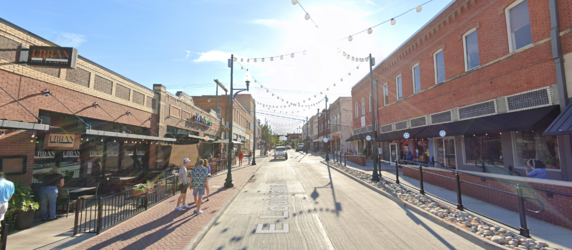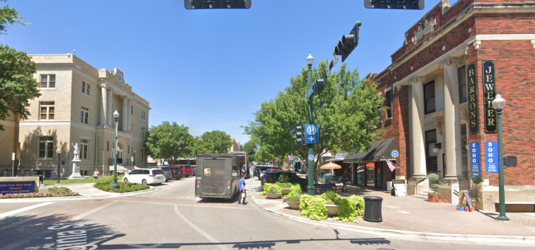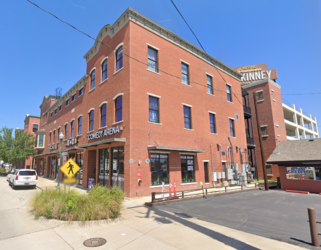Keep going, what's Wired's source? It always comes back to a single broken study done on a single highway in LA usually laundered through Chuck Marohn.
While I don't doubt that Chuck and Jason would cite their own research,
it's Randal O'Toole's page that links the original study.
Unfortunately, the link to the study is now dead but I saved a local copy a while back which I uploaded
here.
You don't need to take O'Toole's word for why this is all bullshit.
- First, even the authors of the paper admit that public transit isn't going to help either, so the "highways don't help, build more public transit" attitude is wrong either way.
- They also admit that "[their instruments] are not good predictors of MSA level stocks of major roads or of nonurban interstate highways" meaning that the focus is solely on Interstate highways in urban areas, and not other urban roads.
- There's a vague definition of what an "urban area" is. Like Marohn's "what is a suburb", there's "urban areas" and "metropolitan areas".
- They claim a "close to one" relationship in driving/highway lane miles, which varies wildly between cities. So if highway widening is "less effective" in some cities than others, why are urbanists acting like this is a universal truth?
- They never say how fast highways "fill up". Katy Freeway is often claimed for "filling up" faster than normal but that also included major population growth. If a highway takes 30 years to "fill up" is that a good thing?
- They never discuss a highway's deconstruction doing anything for VKT. The only evidence urbanists have that is the demolition of
Cheonggye Expressway in South Korea, which is poorly studied outside of anecdotal quotes by the mayor. No studies have been done on if the removal of the S.M. Wright Freeway in Dallas (which didn't get much press in urbanist circles for obvious reasons) caused a magic congestion removal in the Dallas-Fort Worth area.
- They create a hypothetical scenario of "To begin, consider a 10 percent increase in the interstate network of an average MSA around 2000. Using our preferred estimate from column 3 of Table 6, this increase causes a 10.3 percent increase in VKT on the interstates of our hypothetical city" as part of their theory of a one-to-one relationship and then try to use other bits and parts to actually force that theory.
- They don't discuss what that traffic actually does. Even if traffic was magically conjured up out of nowhere, most traffic
does something whether going to work or spending money at stores and services, which is an economic benefit. This is also in contrast to what urbanists think, where "more people" is automatically a more beneficial element (especially crammed into the same area--SimCity syndrome, perhaps?). A bughive of welfare recipients isn't very useful in any economic sense, and Delhi, India, despite the world's second largest city with a population of over 28M, isn't even India's largest economy and vastly underperforms India's workforce average (only about a third of the population is in workforce, less than the country average of 50%, America is around 62%).














